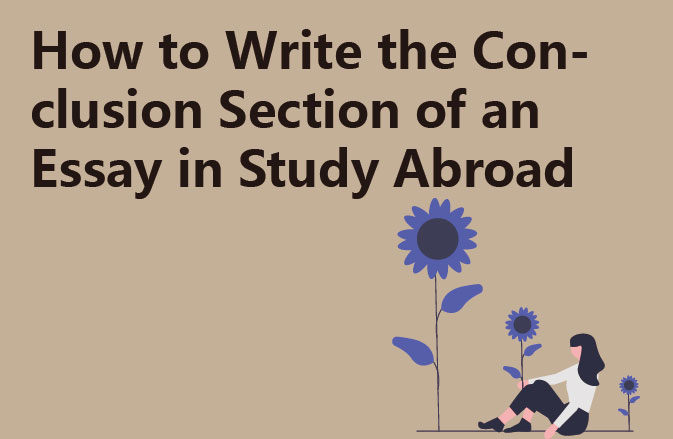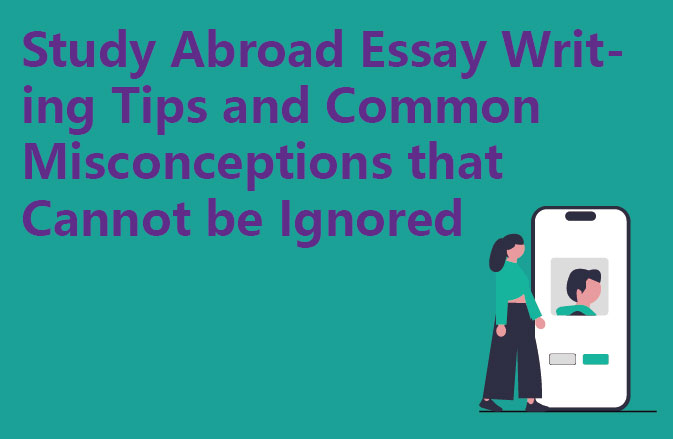Respectfully, let’s explore how to write the conclusion section of a dissertation.
First of all, we need to make it clear that the conclusion section is not just a simple repetition of the research results, but rather, these results need to be processed and refined in depth. Generally speaking, the content of the conclusion section includes four main parts:
1. analysing the substance behind the phenomenon and digging into the problems and laws revealed by the research results (reflecting the theoretical value of the study).
2. emphasising the impact and value of the research results in real life (demonstrating its practical significance).
3. compare the results of the study with those of previous researchers, distinguish the characteristics of each and make corrections or improvements, so as to innovate (realise the comparison of the study and find their own breakthroughs).
4. to present the problems and shortcomings of the study, and to give constructive comments to guide future research (brilliant conclusions can often inspire future research).
It is important to note that all but the first point do not have to be included in this discussion, depending on your individual research situation.
Secondly, regarding the type of writing in the conclusion section, there is actually a wide variety. By looking at a large number of samples, we can broadly categorise them into five main types:
1. analytical synthesis. It is mainly an in-depth analysis of the content of the article, aiming to highlight the author’s unique insights.
2. Foreshadowing Outlook. Based on the theories and opinions of the article, pointing to its value, significance and role in promoting the future, predicting its development trend in advance.
3. Factual comparison. By combining theories and actual situations, seeking a balance between the two, so as to get a more accurate conclusion.
4. Explanation. This type of description often provides a clearer and more concise explanation of theories and ideas.
5. Questioning. Aims to provoke more thought and can identify key questions to be addressed for later research.
When writing the conclusion, we need to pay special attention to the following points:
1. Language must be rigorous, precise, concise and logical. Too vague or uncertain words may leave the reader doubtful and affect the credibility of the study.
2. Avoid simple summaries of paragraphs, but rather develop arguments.
3. Respect the work of others and avoid directly disparaging or dismissing any research. After all, professional evaluation should be left to the reader’s own judgement.
4. Avoid hard and fast formulations such as “Based on the above analyses, it can be concluded that”.




